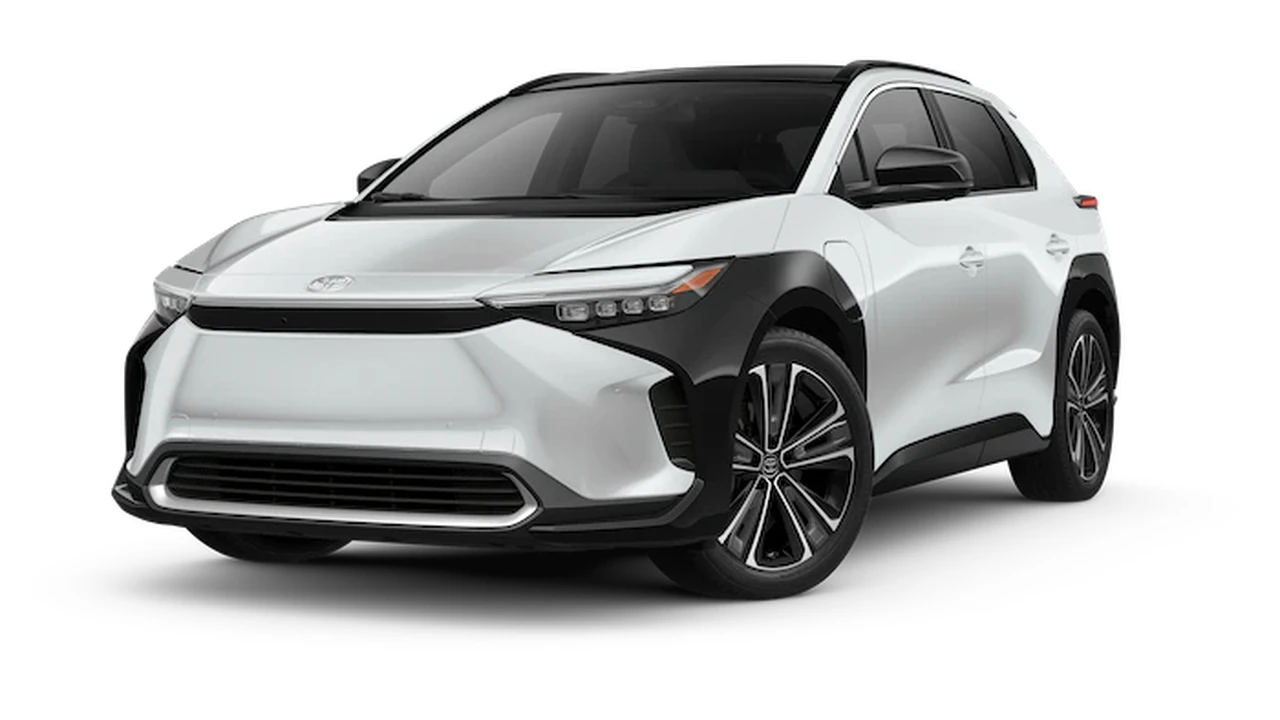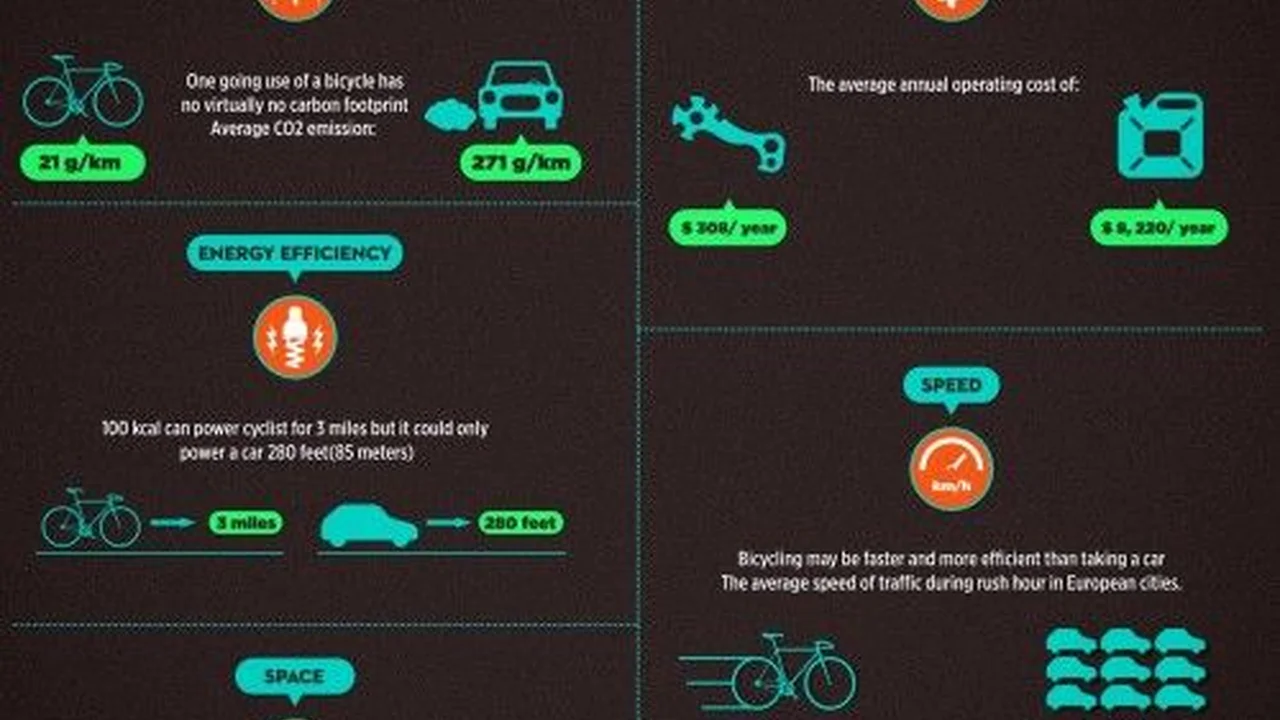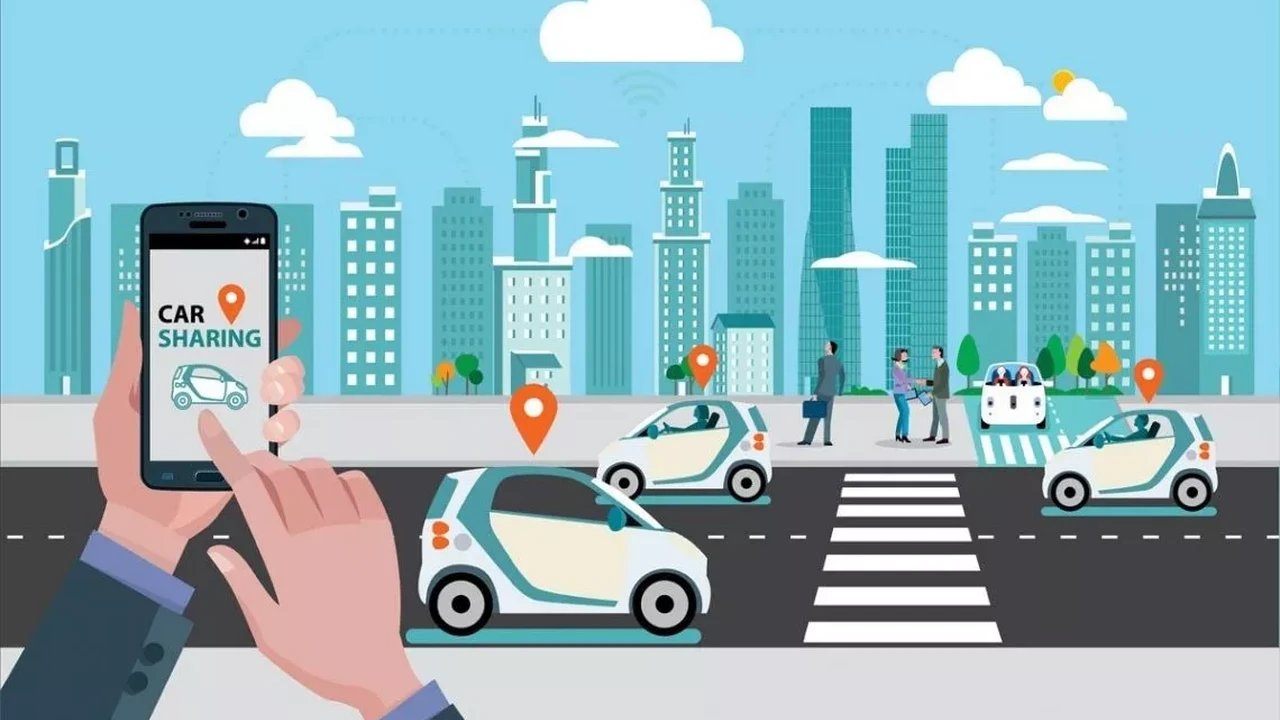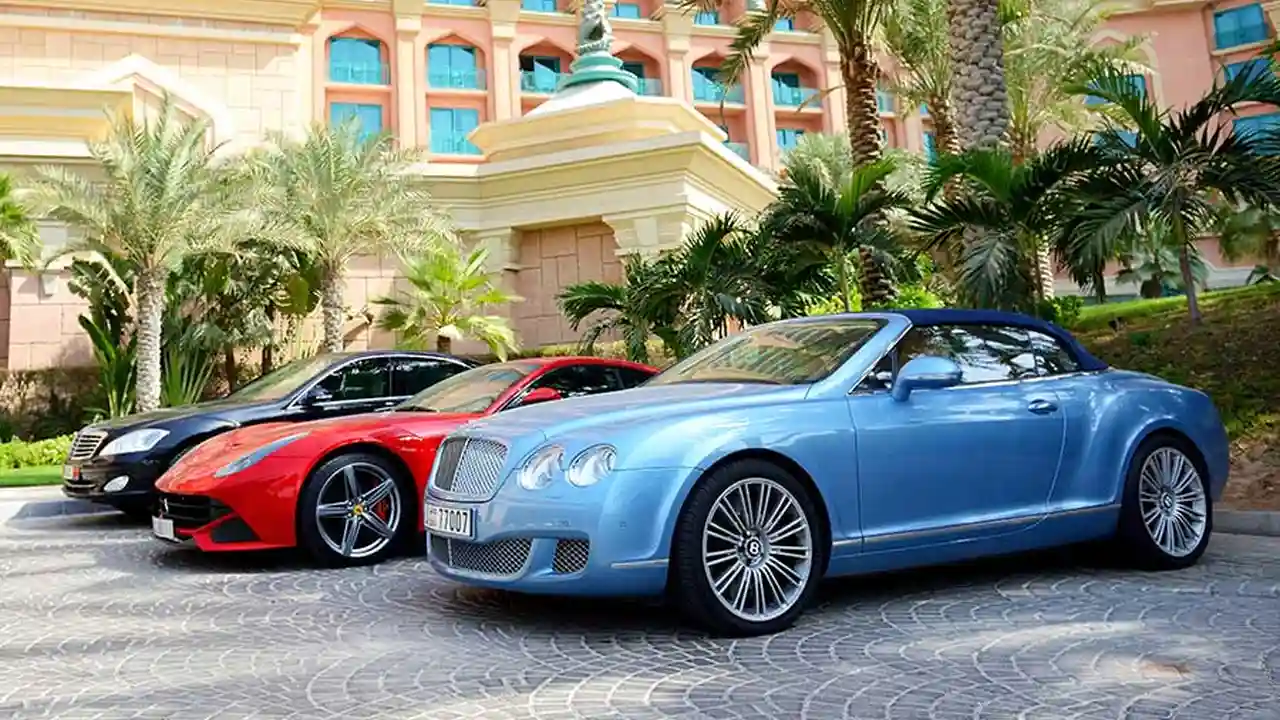Using a Scooter vs. Car: Urban Mobility
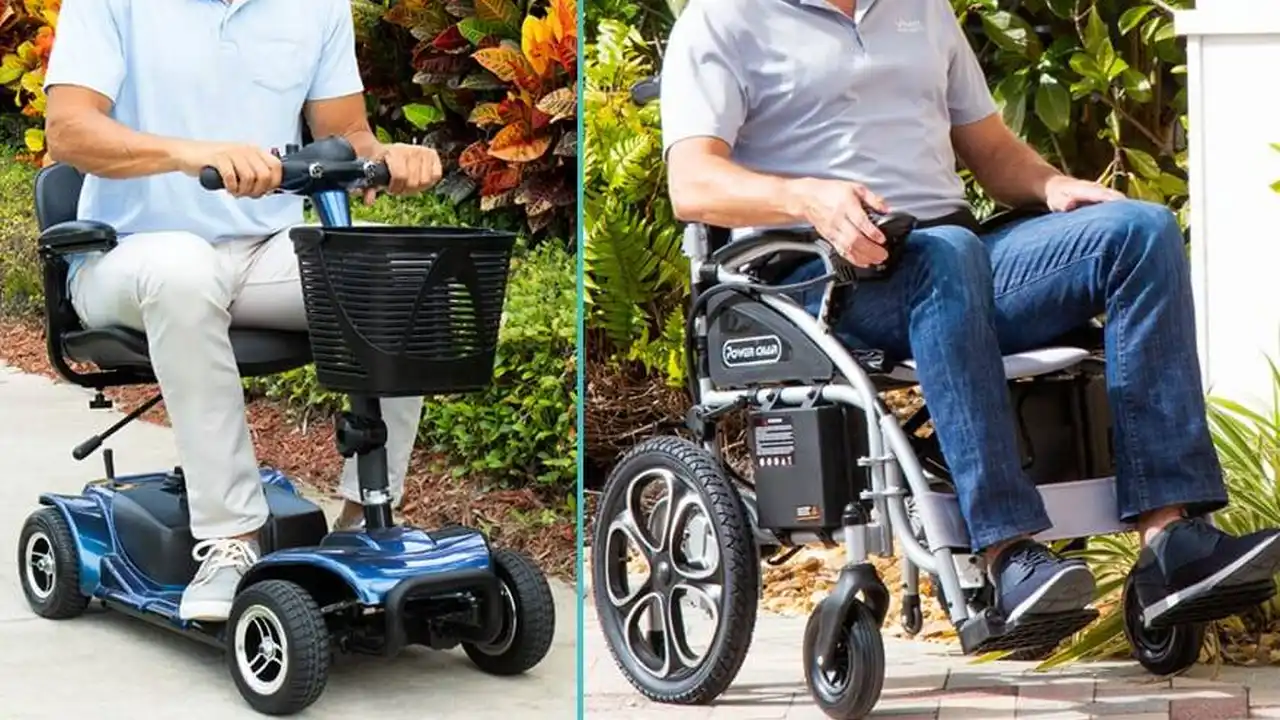
The Scooter Revolution: Urban Mobility Reimagined
Okay, let's talk about getting around the city. Cars are great, right? Except when they're not. Traffic jams, parking nightmares, sky-high gas prices... it can all be a real headache. That's where scooters come in. We're not talking about those little kick scooters you had as a kid (though those are fun too!). We're talking about electric scooters, gas-powered scooters, even some cool hybrid options that are changing the game for urban commuters. This isn't just about saving money, it's about reclaiming your time and your sanity. Think about zipping past gridlock, finding parking with ease, and actually enjoying your commute. Sounds good, doesn't it?
Scooter vs Car: A Head-to-Head Comparison for Urban Dwellers
So, how does a scooter actually stack up against a car? Let's break it down:
- Cost: This is a big one. Cars are expensive. You've got the initial purchase price, insurance, gas, maintenance, parking... it all adds up. Scooters, especially electric ones, are significantly cheaper to buy and operate. Think hundreds, even thousands, of dollars saved per year.
- Convenience: Parking. Need we say more? Finding a parking spot in a major city is like winning the lottery. Scooters can squeeze into tiny spaces, making parking a breeze. Plus, they're much easier to maneuver through congested streets.
- Environmental Impact: Electric scooters are a much greener option than gas-powered cars. They produce zero emissions, helping to reduce air pollution and your carbon footprint. Even gas-powered scooters generally have better fuel economy than cars.
- Maintenance: Scooters generally have simpler mechanics than cars, meaning less frequent and less expensive maintenance.
- Speed and Distance: Cars definitely win in terms of top speed and long-distance travel. However, for short to medium commutes within the city, scooters can often be just as fast, if not faster, due to their ability to navigate traffic more easily.
- Safety: This is a crucial consideration. Cars offer more protection in the event of an accident. Scooter riders need to be extra vigilant and wear appropriate safety gear, like a helmet.
Choosing the Right Scooter: Electric Scooters, Gas Scooters, and More
Okay, so you're intrigued by the idea of a scooter. But which one is right for you? There are a ton of options out there, so let's take a look at some of the most popular types:
- Electric Scooters: These are the darlings of the urban mobility movement. They're quiet, clean, and relatively inexpensive to operate. Perfect for short commutes and running errands around town.
- Gas Scooters: These offer more power and range than electric scooters, making them a good choice for longer commutes or hilly terrain. However, they're also noisier and produce emissions.
- Kick Scooters: These are the simplest and most affordable type of scooter. Great for short distances and leisurely rides.
- Mopeds: These are larger and more powerful than scooters, and often require a driver's license and insurance. They're a good option for longer commutes and carrying passengers.
Electric Scooter Recommendations: Top Models for Urban Commuting
Let's dive into some specific electric scooter recommendations, keeping in mind different needs and budgets:
Xiaomi Mi Electric Scooter Pro 2: The Budget-Friendly All-Rounder
The Xiaomi Mi Electric Scooter Pro 2 is a fantastic entry-level option. It offers a good balance of price, performance, and features. It typically retails for around $500-$600. Key features include:
- Range: Up to 28 miles on a single charge
- Top Speed: 15.5 mph
- Motor Power: 300W (600W peak)
- Weight: 31.7 lbs
- Key Features: Integrated display, foldable design, pneumatic tires
- Ideal Use Case: Short to medium commutes on relatively flat terrain. Good for beginners.
Segway Ninebot Max G30P: The Range Champion
If range is your top priority, the Segway Ninebot Max G30P is the scooter for you. It boasts an impressive range of up to 40 miles on a single charge. Expect to pay around $800-$900. Key features include:
- Range: Up to 40 miles
- Top Speed: 18.6 mph
- Motor Power: 350W (700W peak)
- Weight: 41.2 lbs
- Key Features: Tubeless pneumatic tires, built-in charger, app connectivity
- Ideal Use Case: Longer commutes, hilly terrain, riders who don't want to worry about frequent charging.
Apollo Phantom V3: The Performance Powerhouse
For those who crave speed and power, the Apollo Phantom V3 is a top-of-the-line option. It's more expensive, typically costing over $2000, but it delivers exhilarating performance. Key features include:
- Range: Up to 40 miles
- Top Speed: 38 mph
- Motor Power: Dual 1200W motors (2400W total)
- Weight: 77 lbs
- Key Features: Hydraulic brakes, adjustable suspension, integrated turn signals, advanced display
- Ideal Use Case: Experienced riders, longer commutes, hilly terrain, riders who prioritize speed and performance. Requires extreme caution and proper safety gear.
Gas Scooter Options: Fuel Efficiency and Power for Longer Distances
While electric scooters are gaining popularity, gas scooters still have a place, especially for those who need more range or power. Here are a couple of notable gas scooter options:
Honda PCX150: The Reliable Commuter
The Honda PCX150 is a well-known and respected gas scooter. It's known for its reliability, fuel efficiency, and comfortable ride. Prices typically start around $3,800. Key features include:
- Engine: 149cc liquid-cooled single-cylinder
- Fuel Economy: Estimated 100+ mpg
- Top Speed: Around 60 mph
- Weight: 289 lbs
- Key Features: Automatic transmission, electric start, fuel injection, comfortable seating
- Ideal Use Case: Longer commutes, highway riding (check local regulations), riders who prioritize reliability and fuel efficiency.
Yamaha Zuma 125: The Rugged and Versatile Option
The Yamaha Zuma 125 is a more rugged and versatile gas scooter. It's a good choice for riders who need to tackle rougher terrain or carry cargo. Prices typically start around $3,600. Key features include:
- Engine: 125cc air-cooled single-cylinder
- Fuel Economy: Estimated 100+ mpg
- Top Speed: Around 55 mph
- Weight: 264 lbs
- Key Features: Rugged tires, adjustable suspension, fuel injection, comfortable seating
- Ideal Use Case: City and suburban riding, light off-road use, riders who need to carry cargo.
Comparing Scooter Models: Finding the Perfect Fit for Your Needs
Choosing the right scooter is all about finding the perfect fit for your individual needs and preferences. Here's a quick comparison of the models we've discussed:
| Model | Type | Price (Approx.) | Range | Top Speed | Ideal Use Case |
|---|---|---|---|---|---|
| Xiaomi Mi Electric Scooter Pro 2 | Electric | $500-$600 | Up to 28 miles | 15.5 mph | Short to medium commutes, beginners |
| Segway Ninebot Max G30P | Electric | $800-$900 | Up to 40 miles | 18.6 mph | Longer commutes, hilly terrain |
| Apollo Phantom V3 | Electric | $2000+ | Up to 40 miles | 38 mph | Experienced riders, high performance |
| Honda PCX150 | Gas | $3,800+ | High (100+ mpg) | Around 60 mph | Longer commutes, highway riding |
| Yamaha Zuma 125 | Gas | $3,600+ | High (100+ mpg) | Around 55 mph | City/suburban, light off-road |
Safety First: Essential Gear and Tips for Scooter Riders
Before you hop on a scooter and hit the road, it's essential to prioritize safety. Here's some crucial gear and tips to keep you safe:
- Helmet: This is non-negotiable. Always wear a properly fitted helmet that meets safety standards.
- Protective Gear: Consider wearing knee pads, elbow pads, and wrist guards, especially when you're first starting out.
- Bright Clothing: Wear bright or reflective clothing to make yourself more visible to other drivers.
- Lights: Make sure your scooter has a headlight and taillight, and use them even during the day.
- Awareness: Pay attention to your surroundings and be aware of traffic, pedestrians, and other hazards.
- Defensive Riding: Ride defensively and anticipate the actions of other drivers.
- Follow the Rules: Obey all traffic laws and regulations.
- Practice: Practice riding in a safe, open area before venturing out onto busy streets.
- Maintenance: Regularly inspect your scooter and keep it in good working condition.
Scooters and the Sharing Economy: Exploring Rental Options
If you're not ready to commit to buying a scooter, or if you only need one occasionally, consider using a scooter sharing service. Companies like Lime, Bird, and Spin offer electric scooter rentals in many cities. These services can be a convenient and affordable way to try out scooting and see if it's right for you.
Important Note: Always follow the safety guidelines provided by the scooter sharing company, and be aware of local regulations regarding scooter use.
The Future of Urban Mobility: Scooters Leading the Way
Scooters are playing a growing role in the future of urban mobility. As cities become more congested and people look for more sustainable and affordable transportation options, scooters are poised to become even more popular. With continued innovation and improvements in safety and technology, scooters are likely to remain a key part of the urban landscape for years to come. So, maybe it's time to ditch the car (at least sometimes) and embrace the scooter revolution! What are you waiting for?
:max_bytes(150000):strip_icc()/277019-baked-pork-chops-with-cream-of-mushroom-soup-DDMFS-beauty-4x3-BG-7505-5762b731cf30447d9cbbbbbf387beafa.jpg)



